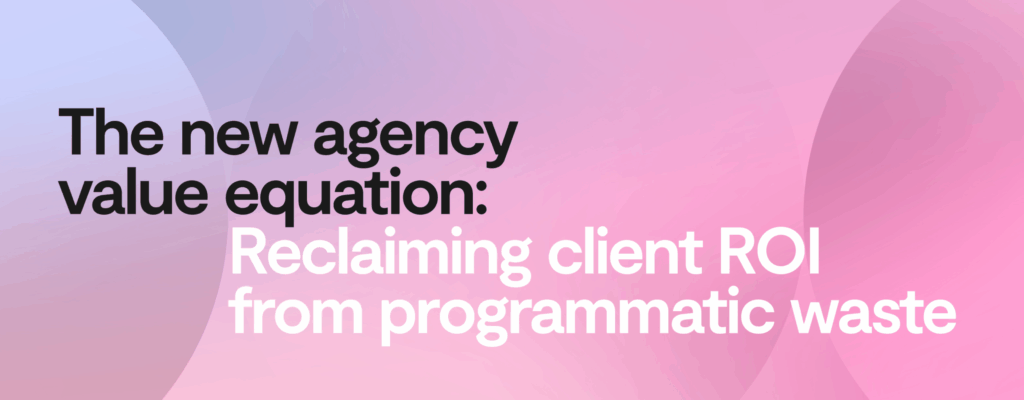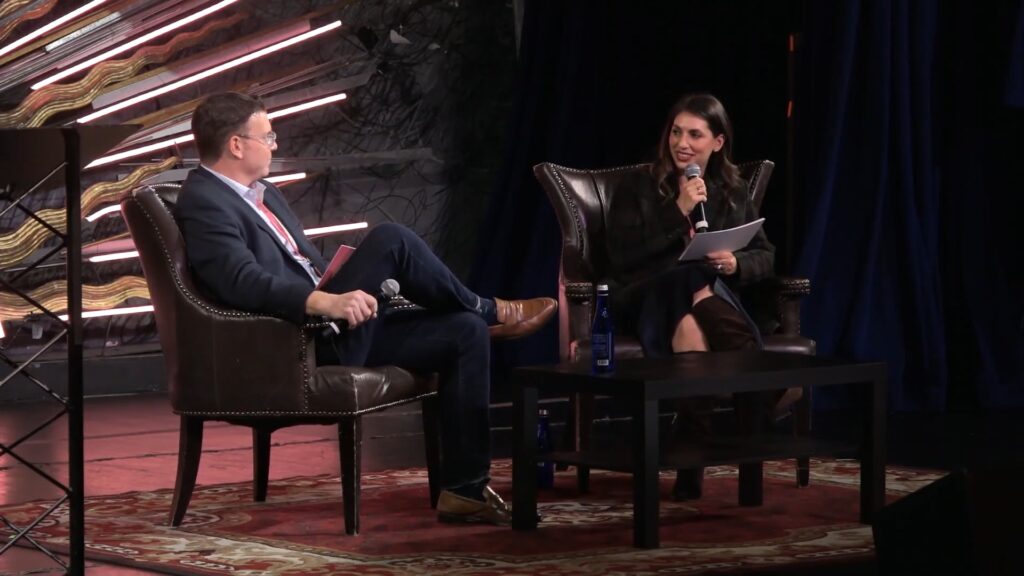- Blog
- Cohorts
What the FLoC is a cohort? And what’s FLEDGE got to do with it?
On Monday 24th of January 2021, Google Ads released a number of proposals, which aim to enable use cases that previously relied on third-party cookies. In its blog post — “Building a privacy-first future for web advertising” — it details the progress of Google’s Privacy Sandbox technology by introducing “Federated Learning of Cohorts”, or FLoC — a way of grouping people into cohorts based on interests in order to replace “individual identifiers” or third-party cookies. Google announced that it will begin testing FLoC with the release of Chrome 89 this coming March. It also introduced FLEDGE — an experiment that builds on…

On Monday 24th of January 2021, Google Ads released a number of proposals, which aim to enable use cases that previously relied on third-party cookies. In its blog post — “Building a privacy-first future for web advertising” — it details the progress of Google’s Privacy Sandbox technology by introducing “Federated Learning of Cohorts”, or FLoC — a way of grouping people into cohorts based on interests in order to replace “individual identifiers” or third-party cookies.
Google announced that it will begin testing FLoC with the release of Chrome 89 this coming March. It also introduced FLEDGE — an experiment that builds on the previously introduced TURTLEDOVE proposal. The proposal intends to allow retargeting to continue work in a world without third-party cookies while protecting user privacy and limiting invasive ads.
Cohorts are the future of digital advertising
Google’s privacy-led solution to replacing third-party cookies — via cohorts rather than universal IDs — is a positive and natural direction for the industry. Cohorts are a privacy-safe alternative to targeting a group of users, instead of profiling and targeting individual users.
In the FLoC proposal, users belong to one single cohort, which they’re grouped into based on browsing behaviour. It’s envisioned that cohorts will be large enough to prevent micro-targeting, and protect user privacy. Adding to the privacy-first approach, user data such as web history is stored and processed on the edge (on-device), so only the cohort membership is exposed.
While in the FLoC proposal the browser determines the cohort membership of a user, FLEDGE enables advertisers, publishers and ad-tech to add a user to cohorts they define. Similar to FLoC the targeting is cohort-based, but cohort membership is based on specific events for that users and can be defined freely.
Cohort theory versus implementation
Cohorts provide publishers and advertisers with an ability to create and build audiences without relying on a cross domain identifier — the best way to preserve privacy for end-users. But Google’s approach to cohorts, outlined in its FLEDGE proposal, raises some problems for publishers.
FLoCs and FLEDGE allow the decoupling of data and inventory, which can lead to publisher data being aggregated by third parties just like the third-party cookie. These proposals reduce the role of the publisher to a pure transactional channel — selling inventory, but adding no other value. The understanding of the user, which has been influenced by that publisher, can be applied anywhere on the open web, without that publisher benefiting from it.
FLEDGE is a data power play
Third-party cookie demise promises a reset on how users are targeted. But FLEDGE exhibits elements of behaviours that browsers are trying to eliminate, namely the tracking of users across the internet.
FLEDGE enables existing walled gardens to extend their network across the open web, as it enables data portability. For example, the likes of Amazon or Google will be able to leverage their rich first-party data anywhere on the open web in their network.
FLEDGE cohorts can only be accessed by a specific ad network, so the proposal mostly benefits the large networks. It might even result in Facebook reviving their audience network — with retargeting capabilities natively integrated into the browser, Facebook no longer has to worry about poor match rates of third-party cookies.
Effectively, FLEDGE will see publishers relinquishing their data yet again, handing over controls to third-parties. The proposal specifically mentions a use case where publishers can allow DSPs to add users to interest groups. Effectively a publisher could be handing over their first-party data to the DSP, to give them the authority to add users to interest groups based on the contextual browsing behaviour of that particular publisher.
Build permission-based relationships
Advertisers and publishers should be able to interact with users that interact with them; those users have entered the publisher domain and there is cookie consent. There’s a value exchange for that relationship, gaining an understanding of that user for access to content or more relevant advertising.
But businesses that operate in the gaps — between advertisers and publishers — don’t have that relationship with the end user, but have access to their data. Should the FLEDGE experiment be successful and be implemented by Chrome, it allows for a continuation in the exploitation of that gap between advertisers and publishers.
A risk to publishers’ power over their data
Permutive will continue to observe Privacy Sandbox proposals and origin trials, and will continue to develop technology that helps our customers anticipate privacy developments from browsers or regulators. While we welcome a move away from universal IDs — and see it as a positive development for user privacy — there is a concern that these most recent developments risk further diminishing publishers’ power in the programmatic ecosystem.
You may be interested in
From scale to accountability: The new agency value equation
Learn MoreThe curation revolution: Rebuilding trust and transparency in programmatic
Learn MoreKeep going, there's more to uncover.
From scale to accountability: The new agency value equation
Discover how leading agencies are rebuilding efficiency and accountability in programmatic media. Learn the 3-step blueprint to reclaim ROI, reduce waste, and deliver verifiable performance through data-enriched PMPs.
The curation revolution: Rebuilding trust and transparency in programmatic
Discover how leading agencies are rebuilding efficiency and accountability in programmatic media. Learn the 3-step blueprint to reclaim ROI, reduce waste, and deliver verifiable performance through data-enriched PMPs.
The performance paradox: Why programmatic efficiency is broken
Discover how leading agencies are rebuilding efficiency and accountability in programmatic media. Learn the 3-step blueprint to reclaim ROI, reduce waste, and deliver verifiable performance through data-enriched PMPs.
The new agency value equation: Reclaiming client ROI from programmatic waste
Discover how leading agencies are rebuilding efficiency and accountability in programmatic media. Learn the 3-step blueprint to reclaim ROI, reduce waste, and deliver verifiable performance through data-enriched PMPs.
Curation as a revenue diversification strategy: Lessons from The Arena Group
The Arena Group is finding new ways to take control of its data and revenue. Discover their powerful new approach centered on curation.
How Acxiom and Fundamental Group are solving for the Outcomes Era
Acxiom’s Ruowen Liscio and Fundamental Group’s Angus Maclaine discuss solutions for the Outcomes Era in advertising. Discover how predictive targeting, curation, and AI are delivering results in a privacy-first world.





